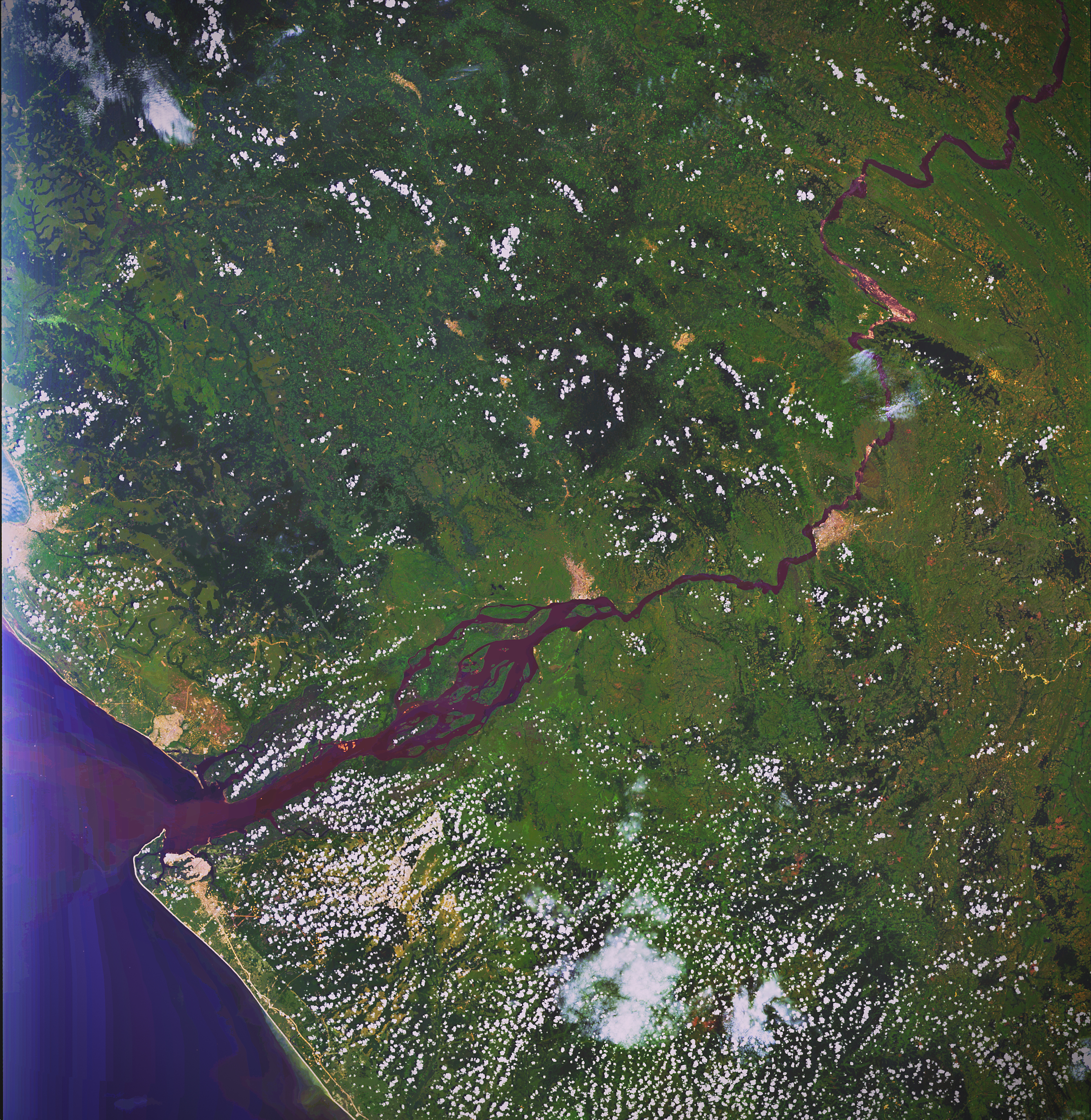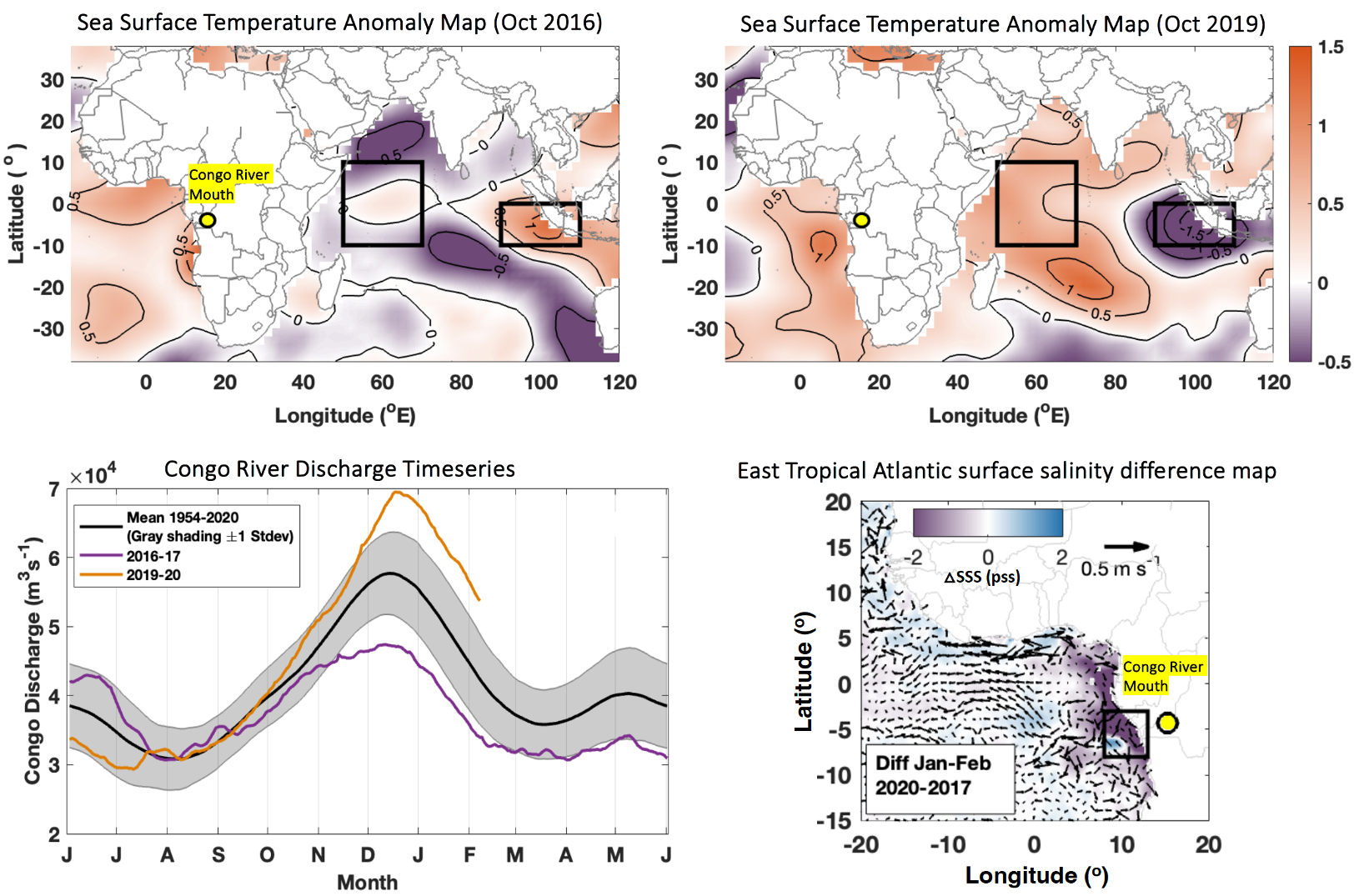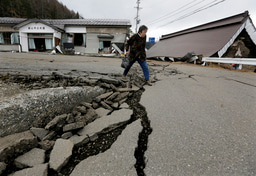Indian Ocean Dipole Impacts the Hydrological Cycle over the Congo Basin
Published in Earth & Environment

The Congo River Basin is the second largest in the world in terms of annual discharge volume following the Amazon basin [Figure 1]. The lives of nearly 65 million people in the Congo basin are impacted by the changes in the regional hydrological cycle as they are dependent on the agriculture and fisheries industries. In the recent years, Congo basin experienced severe drought in winter 2016-17 and disastrous flooding in winter 2019-20, depriving about a million people of their property, crops and agriculture land [Source: UN report]. Using a combination of in situ, remote sensing and reanalysis data, we find that these severe drought/flood events over the Congo basin are modulated by the negative/positive phases of the Indian Ocean Dipole respectively.

Figure 1: NASA Landsat-8 image of the Congo River mouth on 12 January 2020
The Indian Ocean Dipole (IOD) is a prominent climate mode in the tropical Indian Ocean. A positive phase of IOD occurs when the western equatorial Indian Ocean is warmer and the eastern equatorial Indian Ocean is cooler than normal. On the other hand, a negative phase of IOD is associated with cooler western Indian Ocean and warmer eastern Indian Ocean. Several studies suggest that during a positive phase of IOD, we observe enhanced rainfall over the Indian subcontinent, catastrophic floods in eastern Africa, severe drought and wildfires over southeast Asia and Australia; the negative phase of IOD generally has an opposite impact on the climate system. However, very little is known about the effect of IOD on the Congo basin climate. 2016 and 2019 were extreme negative and positive IOD years while the tropical pacific ocean was in a neutral and a weak La Nina state respectively. In this study, we investigate the mechanisms through which the 2016 and 2019 IOD events impacted the hydrological cycle over the Congo basin.
European Centre for Medium-Range Weather Forecasts (ECMWF) Reanalysis data shows that during the positive IOD in 2019, changes in the upper tropospheric circulation allows transport of moisture from the Indian Ocean to the central and west Africa. The resulting moisture convergence leads to enhanced rainfall over the Congo basin in October. This increase in precipitation is further reflected in a 45% rise in the wintertime Congo River discharge measured at the Kinshasa-Brazzaville station, 500 km away from the river mouth about 3 months later, followed by at least 1 pss lower than normal coastal salinity in the eastern tropical Atlantic Ocean about 5 months later as observed from the Soil Moisture Active Passive (SMAP) satellite [Figure 2]. During the negative phase of IOD in 2016, we observe a moisture divergence over the Congo basin leading to rainfall deficit, a 40% decrease in the wintertime Congo River discharge and a drought situation. As a result, coastal salinity in the eastern tropical Atlantic is higher than normal by at least 1 pss. The difference in the tropical Atlantic coastal salinity between the positive and negative dipole years can reach 2-4 pss [Figure 2].

Figure 2: (Top) Spatial maps of sea surface temperature anomaly during October 2016 negative Indian Ocean Dipole (IOD) and October 2019 positive IOD. The black boxes mark the regions of warm/cool temperature anomalies in the eastern and western equatorial Indian Ocean. (Bottom) Time series of daily Congo River Discharge (m3s-1) measured at the Kinshasa-Brazzaville station (yellow dot on the spatial maps) during 2016-17 (purple), 2019-20 (orange) and the 1954-2020 mean (black) with 1 standard deviation (gray shading); 2020 and 2017 difference map of sea surface salinity (color) and AVISO surface geostrophic currents (vectors) during January-February in the eastern tropical Atlantic Ocean. The black box represents the region of maximum surface salinity difference between the two positive and negative IOD years.
We find that the Congo basin rainfall has a weaker dependence on El Nino Southern Oscillation (ENSO) as compared to that of IOD, in line with a few recent studies. The surface salinity variability in the eastern tropical Atlantic Ocean modulated by the Congo River discharge has implications for air-sea interaction, ecosystem dynamics, biological productivity and fisheries in the coastal waters. We perform a statistical analysis of the historical record over the past few decades to show that this sequence of linkages between the IOD, Congo basin rainfall, river discharge and east tropical Atlantic salinity applies more generally to other IOD years apart from 2016 and 2019.
The lag relationships in these linkages represent a source of predictability for forecasting seasonal climate, Congo basin hydrology, coastal oceanic conditions in the eastern tropical Atlantic Ocean. Our study has further implications for forecasting and mitigation of floods/droughts in the Congo basin. Going forward, we need significant improvement in the existing hydrological and seasonal climate forecast models to understand and predict the effects of the IOD on the hydrology of the Congo basin and its downstream effects on the eastern tropical Atlantic Ocean.
Please find the full article here
Follow the Topic
-
Communications Earth & Environment

An open access journal from Nature Portfolio that publishes high-quality research, reviews and commentary in the Earth, environmental and planetary sciences.
Related Collections
With Collections, you can get published faster and increase your visibility.
Geology of the Moon
Publishing Model: Hybrid
Deadline: Jan 31, 2026
Drought
Publishing Model: Hybrid
Deadline: Dec 31, 2025



Please sign in or register for FREE
If you are a registered user on Research Communities by Springer Nature, please sign in